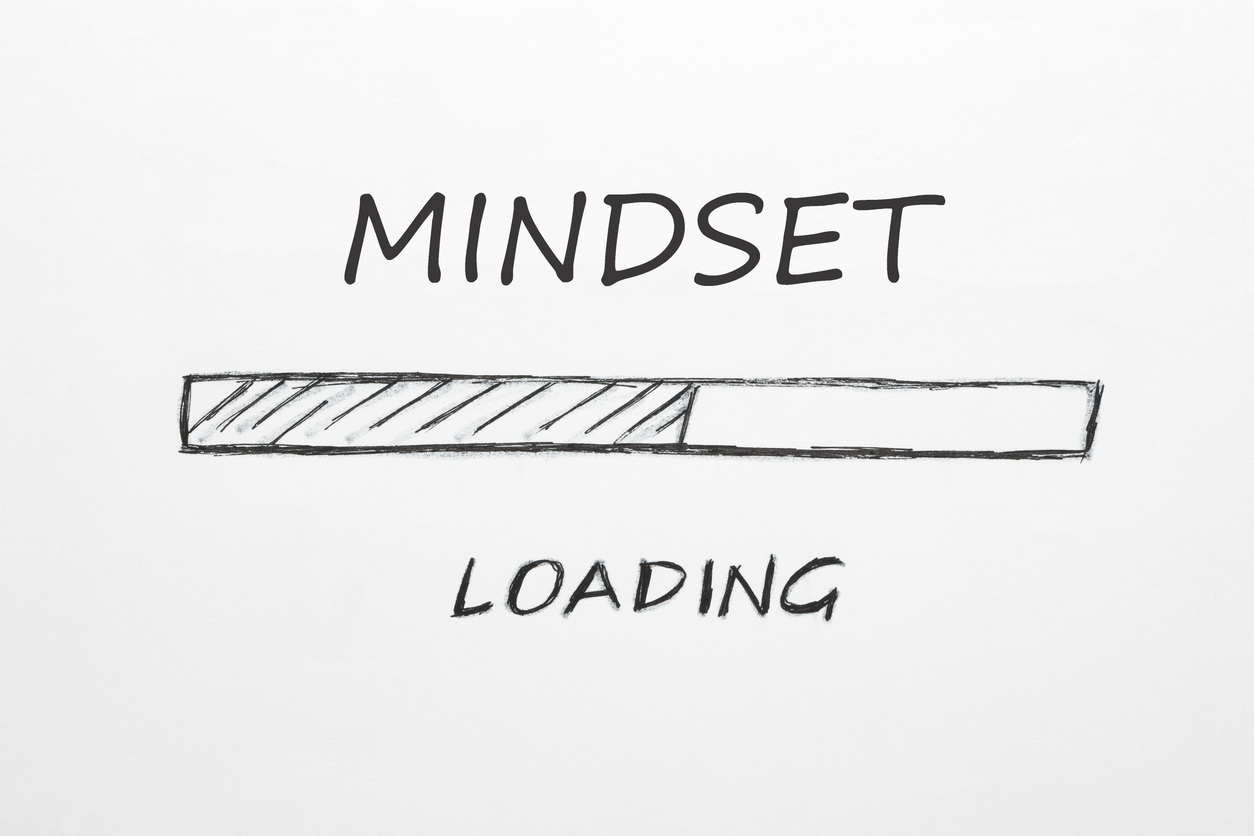Over the years I have had the privilege of working with all sizes of companies from small to Fortune 25 of over 100,000 employee team members. Whether large or small - Every company, department, and employee team member has unique strengths, "growth opportunities", positioning, branding, and hopefully a unique "winning strategy" that defines and fuels their business model.
Several of my smaller - "Fast Mover" clients are in the Inc 500 and Entrepreneur 100 - experiencing rapid, if not exponential growth. I really enjoy working with and helping the fast-growing companies that I call "Fast Movers" get to the next level.
What makes a "Fast Mover" so fast is the high revenue growth because they discover a dominant or winning strategy that creates significant revenue streams over time.
What happens next is highly predictable... Protect the winning strategy. Protect the income stream. Protect both at all costs.
The experience of fast growth and the revenues that go with it leads naturally to protectionism.
Protection of the status quo.
The sad truth... A winning strategy has the potential to destroy a company's competitive positioning. Why? The answer is human nature.
I have seen companies expend tremendous amounts of time, energy, and resources in protecting the status quo winning strategy. A cottage consulting "industry" has grown around Change Management.
That protection stems from the fact that human beings are comfort-seekers and comfort-maintainers. When comfort is attained, everything possible will be done to maintain the status quo. The results are predictable. The results of maintaining the winning strategy include...
- Doubt.
- Denial.
- Protection of the status quo.
- Anxiety.
Doubt - The thought is that there could be a better way - but "What are the odds that "better way" will be better than the current winning strategy?"
Denial - The question may be asked, "What if a better strategy exists?" The answer usually comes quickly through a denial question... "What if pursuing a different winning strategy destroys the existing winning strategy? After all... A bird in the hand is worth two in the bush..." The potentially next winning strategy never makes it out of conceptual stage... It is denied.
Protection. New employee team members and perhaps consultants suggest modifications to the existing winning strategy and the suggestions are denied. If it is not broke - then why fix it? The status quo is protected. By the way... Be sure to ask new employee team members, "What do you think we could do better? What does not make sense to you?" The results of questions being raised is typically - more defense that leads almost to offense.
Anxiety - Fear begins to set in. "What if a competitor copies our winning strategy? What then?" Somehow that fear tends to paralyze rather than motivate - especially if the winning strategy was not an overnight creation.
Unfortunately, some companies never break away from nor improve upon their winning strategy. Instead, they stay with their winning strategy like a "sinking ship" until their competitive positioning is in serious jeopardy.
A good "case-in-point" is the American automobile industry. The winning strategy was to make big trucks bigger and stronger. Now an economic shock has changed that game. Our big three automobile manufacturers were pursuing a winning strategy that had serious risks. That winning strategy is not winning now.
It is important to remember that eventually competitors can and will copy a winning strategy and improve upon it. When more than one company is using the same winning "game plan" - you no longer have a winning strategy - you now have what is simply common business sense - the way things are done to survive - not thrive.
The big three are now focusing on making small automobiles - exactly what consumers want.
What can a company do to diminish the potential of their winning strategy destroying their future?
- Review the winning strategy with purpose. Purposely review the winning strategy on a weekly, monthly, quarterly, and annual basis. Identify ways to improve the winning strategy and implement them. Purposefully ask the question, "What are three things we should be changing right now?"
- Make Kaizen thought processes an integral part of the culture of the company. In other words - create a culture of continuous process improvements. Do not wait for a competitor to change your "game". Instead - change your game before others do by enhancing your winning strategy habitually.
- Leadership Accountability. Companies with older winning strategies seem to have more leadership accountability issues than other companies that are more nimble. Why is this? The answer is simply - overstaffing. Companies with winning strategies that create significant revenue have a tendency to fail to justify individual employee team member value and instead assume it is being created when it often is not. The leadership of the company is responsible for ensuring that employee team members know what they should be doing to maximize performance. The answer to the Leadership Accountability problem is to measure employee team member contribution and ensure that contribution is more than their compensation and overhead.





